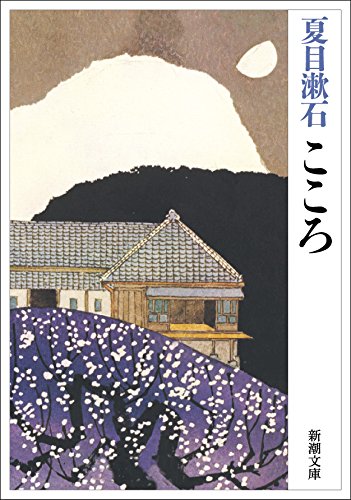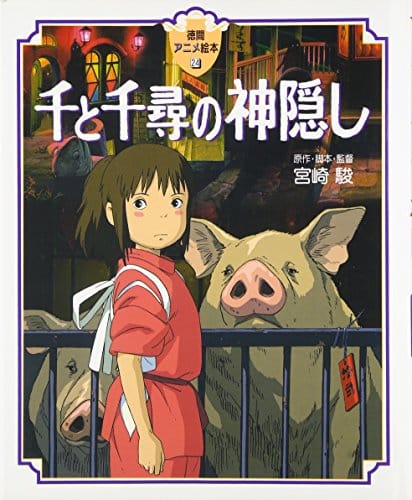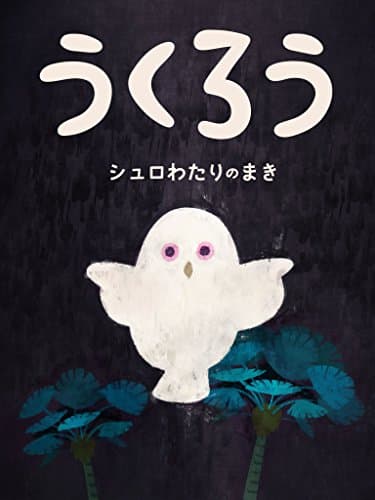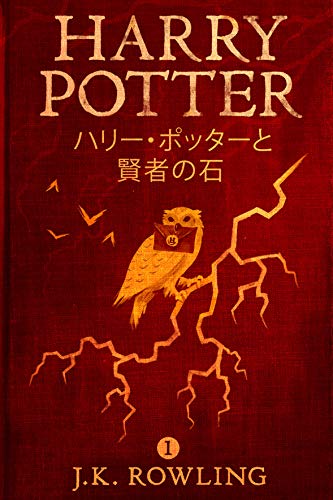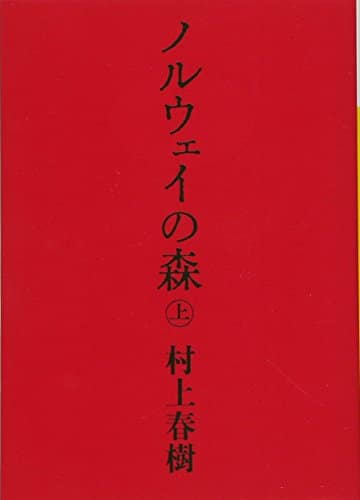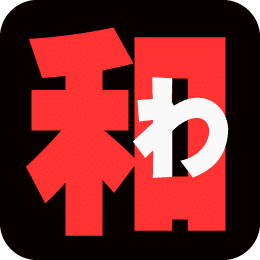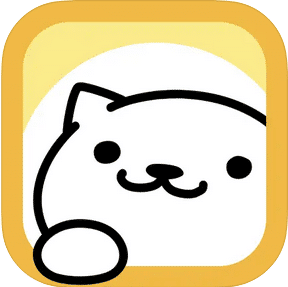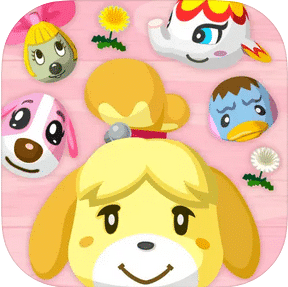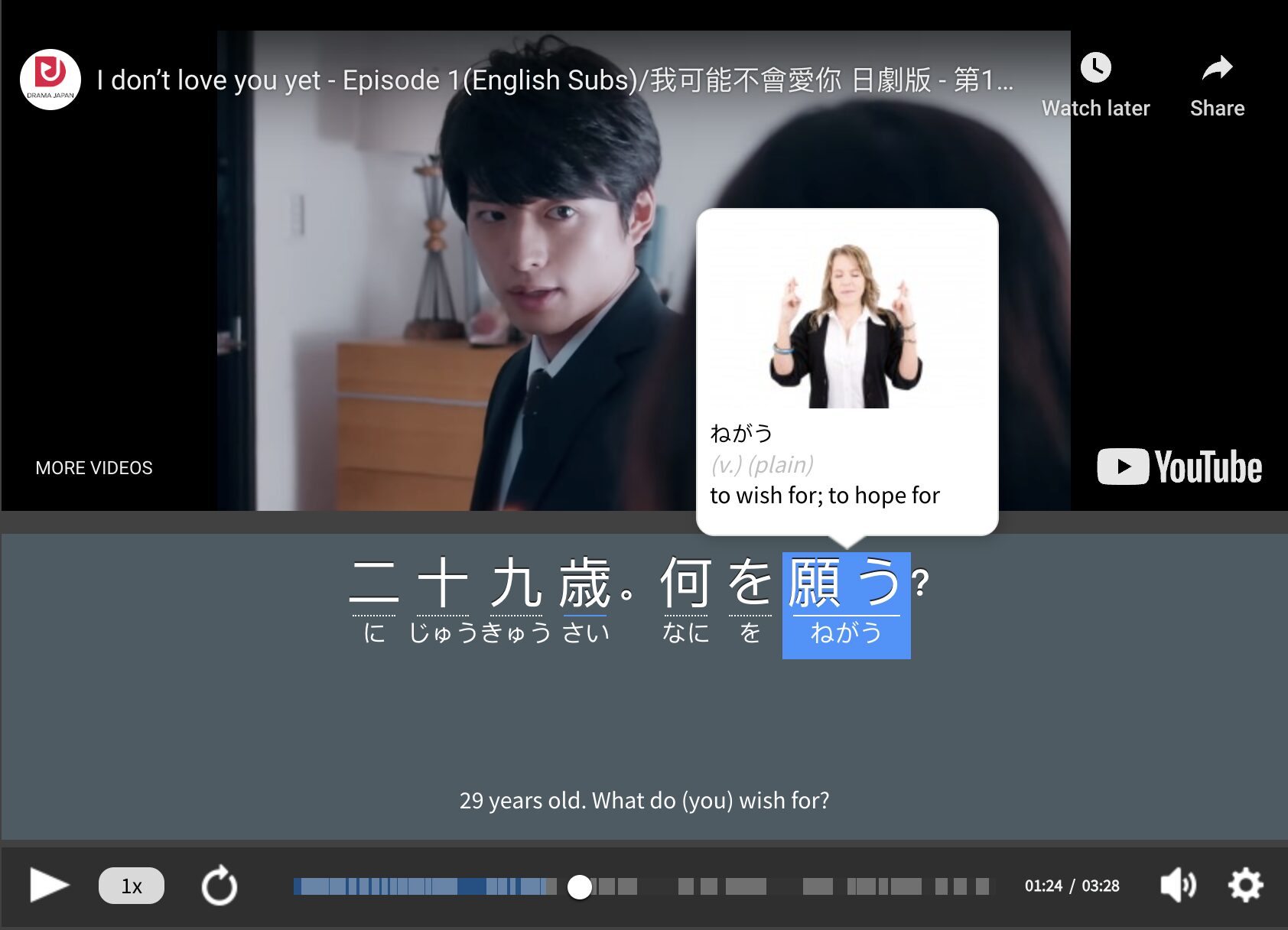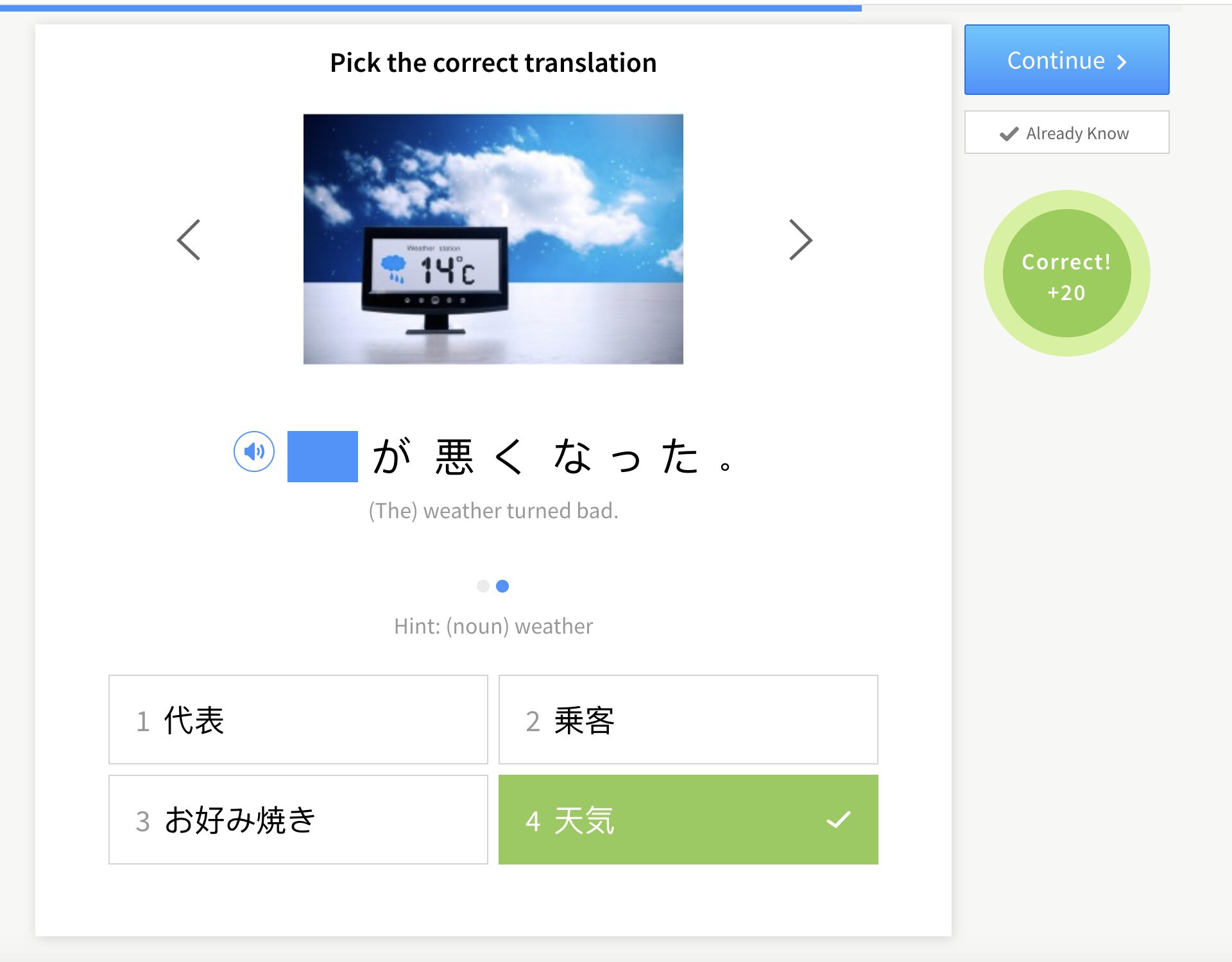Contents
- Japanese Reading Practice with News
- Japanese Reading Practice Materials for Comic Fans
- Japanese Reading Practice with Children’s Stories
- Japanese Reading Practice with Novels
- “nekomaki1” by ms-work
- “Goodnight, Panda!” by Babl Books
- “I Am a Cat” by Sōseki Natsume
- “Kokoro” by Sōseki Natsume
- “Spirited Away” by Hayao Miyazaki
- “Ukurou Syurowatarinomaki Ehon” by Matsuzaki Naotoshi
- “Harry Potter and the Sorcerer’s Stone” by J.K. Rowling
- “Kitchen” by Banana Yoshimoto
- “Norwegian Wood” by Haruki Murakami
- Reading Practice Materials to Learn About Japanese Culture
- Japanese Reading Practice with Gaming Apps
- Bonus Japanese Reading Practice Materials to Test Your Language Skills
- Why Reading Practice is Essential for Learning Japanese
- And One More Thing...
Japanese Reading Practice: 20+ Fun Resources for Beginners
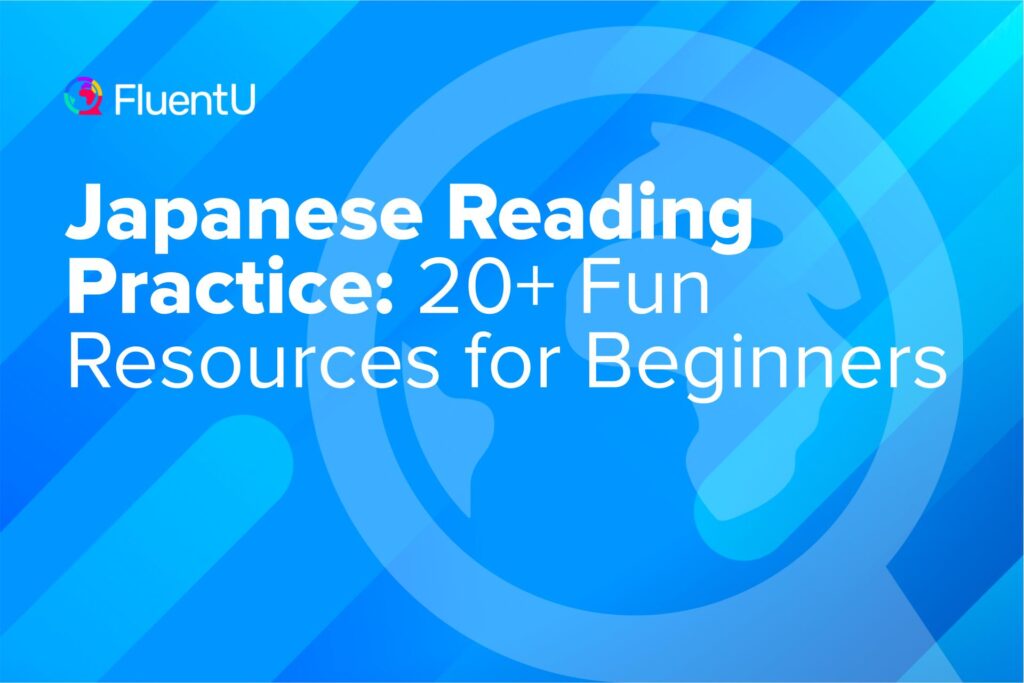
When learning how to read Japanese content, it’s important to choose a topic that interests you. You may also want to try out a variety of materials to expose yourself to different vocabulary.
The good news is that Japanese material for beginners is readily available for those who want to practice reading. So let’s go ahead and dive into the wonderful world of Japanese reading materials.
Download: This blog post is available as a convenient and portable PDF that you can take anywhere. Click here to get a copy. (Download)
Japanese Reading Practice with News
Reading the news in Japanese is a great way to learn about events in Japan as well as all over the world. Many of the news stories from Japan contain hometown stories to learn about everyday life in the country.
NHK News Web Easy
News Web Easy is a free news resource from Japan’s public broadcasting organization, NHK. The content is presented in short paragraphs and in simple sentences. All of the kanji includes furigana (hiragana placed above kanji) for additional help.
Along with current news articles, you can listen to the audio of the news being read out loud for additional listening practice. If audio alone is too difficult, there are also subtitled videos available.
News in Slow Japanese
News in Slow Japanese contains a variety of current news and general information about Japan. Each post is made up of a few short paragraphs.
If a sentence or phrase doesn’t make sense, you can hover your mouse over the text to access more information. The articles are also available in romaji and plain text with no additional aids.
Each post includes a vocabulary list and audio of slowly spoken Japanese for extra study practice.
In addition to reading and listening to the news in slow Japanese, there’s a supplementary podcast that plays a faster audio version of the story.
Japanese Reading Practice Materials for Comic Fans
If you’re a fan of anime, you may be interested in reading the original source material. Many popular shows start off as manga series that have become so loved that they’re adapted for the big screen.
Reading manga will help you learn grammar, and in children’s stories, kanji is usually accompanied by furigana.
“Dragon Ball” by Akira Toriyama
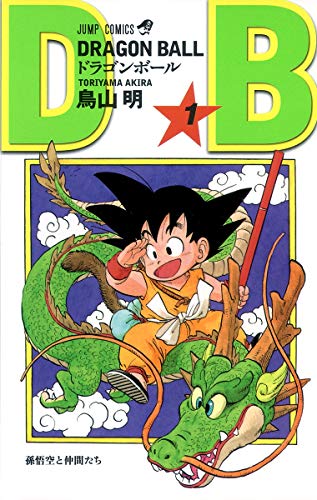
The “Dragon Ball” series is excellent for beginners because it offers an intriguing story plus a simplistic writing style with clean art that’s easy to follow. In the early series, Goku speaks in basic terms as a child learning about life on Earth. All of the kanji includes furigana.
“Sailor Moon” by Naoko Takeuchi
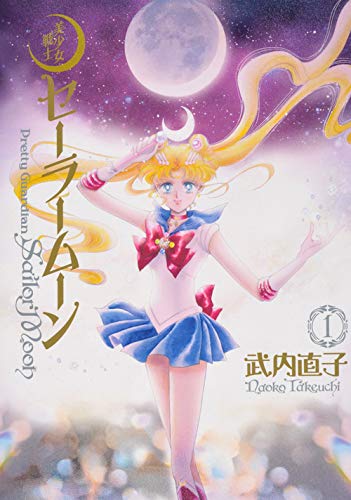
The story is already complete, and readers can easily buy the entire series. There are a variety of characters, which will help you learn different dialects and slang. Since the characters are younger, the speech is more straightforward for beginners and includes furigana.
“Doraemon” by Fujiko Fujio
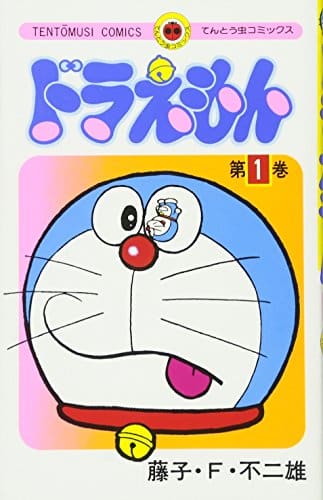
“Doraemon” has become so popular that the principal character can be seen almost anywhere in Japan. The manga has run for years and has featured stories with moral lessons appropriate for everyone.
It was written for young children around Nobita’s age, making it easier for beginner Japanese readers to understand. The speech uses simple sentence patterns and includes furigana.
“Shirokuma Cafe” by Aloha Higa
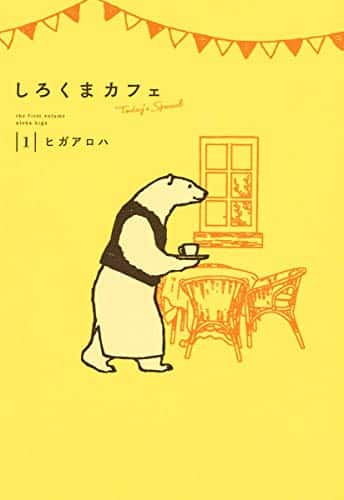
The manga contains simple sentences, but there’s plenty to learn. Throughout the series, there are cultural lessons about different kinds of drinks, sweet treats and animals that appear at the cafe.
All of the typed speech includes furigana, but the additional text, such as handwritten thoughts by the artist, lacks reading aids. Beginners can try focusing on only reading speech at first and then tackling the more advanced content later on.
“Yotsubato&!” by Kiyohiko Azuma
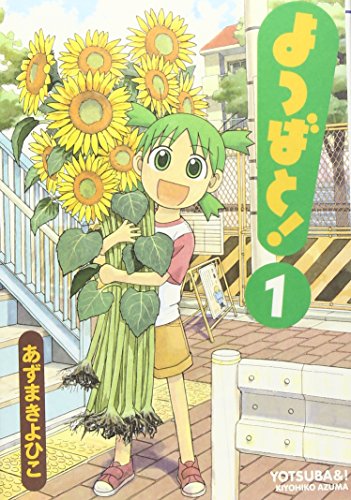
“Yotsubato&!” is excellent for beginner to intermediate readers. While five-year-old Yotsuba speaks like a child, her adoptive father and his friends may use some words that are unfamiliar for readers just starting out. All kanji is accompanied by furigana.
Japanese Reading Practice with Children’s Stories
Reading children’s stories is a great way to practice Japanese. They’re usually stories you may already be familiar with, such as fables or fairy tales.
These stories are typically short and told with simple sentence structures. Similar to learning the stories in English, they range from simple stories to more complicated tales with advanced grammar and kanji.
White Rabbit Press
One of the best places to find graded readers, White Rabbit Press offers Japanese readers in a variety of levels.
The simplest story for Level 0 readers is “The Ant and the Grasshopper,” while the easiest option for Level 1 readers is “The Birds, the Beasts and the Bat,” a retelling of an Aesop fable. Another Level 1 story featured on the site is “The Three Little Pigs,” which most people will remember from their childhoods.
These stories are directly accessible in the White Rabbit Press Japanese Graded Readers app, but a short summary of each story and a learning level is listed on the website. The app is available for iOS and Android devices.
These Japanese graded readers offer multiple benefits. The text is easy to read and the sentences are short, with limited grammar and vocabulary. All of the kanji is accompanied by furigana, but you’ll have learned most of them during your early kanji studies.
Along with reading the text, there are corresponding images and audio, which are all high-quality. The audio is recorded by a professional voice cast.
Nihon no Mukashibanashi
Japanese folklore not only provides stories rich with history but also helps you learn the language. The stories are often a single paragraph and use simple sentences.
Nihon no Mukashibanashi, a Japanese folktale website run by the International Digital EHON Association, contains around 30 stories that Japanese children grow up reading.
You can read the stories by clicking “Back” and “Next” beside each picture to navigate through the pages.
One challenge of using the website is that the text doesn’t include furigana for the kanji. However, most of the kanji ranges from beginner to intermediate level. If a kanji character leaves you completely stumped, you can copy and paste it into an online dictionary like Jisho for the definition.
Some of the simpler stories you can start out with include:
- “Urashima Taro” — A young man who has an underwater adventure.
- “Sun and Moon” — A telling of the origins of the sun and moon.
Bom Bom Academy YouTube channel
Who said that all your reading practice had to be done with books? There are YouTube channels available with stories for children in simple Japanese that contain subtitles you can read.
For example, the Bom Bom Academy YouTube channel contains a variety of content specially made for children. Their fairy tale videos are animated and include Japanese subtitles.
If the audio distracts from reading the subtitles, you can simply mute the video. Alternatively, the Japanese audio can double as listening practice.
Begin your Japanese reading practice with the following classic stories:
Japanese Reading Practice with Novels
To make finding the right Japanese novel for you much easier, I’ve ranked them by difficulty. This means that the first few books listed are simple and brief enough for beginners and the last books on the list are more complex and suited for advanced learners.
If you’re not sure where you are on the scale, simply select a book and click “Look Inside” near the cover to view a preview of the novel wherever it’s available. Ideally, you’ll want to find a book that’s not too hard but not too easy, either.
Check out these awesome books!
“nekomaki1” by ms-work
This cute little novel is the first in the “nekomaki” series. It’s great for beginner learners because it features mostly hiragana characters and a few of the most popular kanji characters.
While “nekomaki” looks like a children’s book, it’s definitely more of an adult comic series complete with funny illustrations and easy-to-read dialogue.
“Goodnight, Panda!” by Babl Books
“Goodnight, Panda!” is a children’s book with simple hiragana and katakana that’s readable for Japanese children and newbie Japanese learners alike.
This cute little book follows the life of Panda, who lives in a zoo. He doesn’t want to go to bed, so he hides among other black and white zoo animals to avoid bedtime.
“Goodnight, Panda!” uses parallel text that features both English and Japanese, making it the perfect book for new learners to try.
“I Am a Cat” by Sōseki Natsume
Yep, another Japanese cat novel. You can never go wrong with cats! “I Am a Cat” is the story of a housecat that lives in the Meiji period of Japan. It’s quite a humorous take on how humans live their lives and what our pets may think of us.
This novel is a classic in Japan. It was written in 1905 but still manages to be satirically relevant today. We’d recommend this book to beginners and perhaps intermediate learners who want to do some light reading.
“Kokoro” by Sōseki Natsume
A small book typically read by high school students, “Kokoro” is a 1914 novel about a young man and his teacher during the transition of the Meiji era to the modern era. The book’s themes explore guilt, egotism, identity and family values.
The language starts to get more difficult here, as Sōseki was known for his beautiful and lyrical writing.
There’s no “Look Inside” option for this book but you can find a really useful breakdown of the book’s first few sections over on the Sōseki Project. Hover over any underlined word to see its definition or press play to hear an audio recording of the reading.
The study guide for each section breaks it down even more into key vocabulary words and a rough translation. It’s an excellent resource for learners!
“Spirited Away” by Hayao Miyazaki
If you’ve seen the Studio Ghibli film “Spirited Away” then you’ll love this written adaptation of the film!
In the story, a young girl named Chihiro has to move to a new home. But on the car ride there, her parents are swooped away by spirits and turned into pigs. Chihiro must find a way to save her parents from being eaten while working at the famous spirit bathhouse in the center of town.
“Spirited Away” is a pictorial comic-style novel with pretty complex kanji and hiragana, though all kanji have furigana captions for beginners and intermediate learners.
“Ukurou Syurowatarinomaki Ehon” by Matsuzaki Naotoshi
In this charming little book, we meet Koukiro, a rabbit-owl spirit who has fun at night when everyone else is asleep. It’s a bit spooky, but mostly it’s whimsical and adorable.
This is a great book for Japanese learners to practice their kana and pronunciation. Most of the dialogue is in either hiragana or katakana and each page is brief, so all levels of learners may be able to handle this one. Absolute newbies may find it to be just a little too challenging.
“Harry Potter and the Sorcerer’s Stone” by J.K. Rowling
This is simply the Japanese adaptation of the first book in the famous “Harry Potter” series.
Even though it’s technically a children’s book, the kanji and kana used are too difficult for most beginners, making it a great choice for intermediate learners.
“Kitchen” by Banana Yoshimoto
“Kitchen” tells the tales of two mothers and explores the themes of love and tragedy. It does so by looking at the power of the home’s kitchen when it comes to family and growth.
If you want to read something that explains grief and loss beautifully, check out this great intermediate-level book.
“Norwegian Wood” by Haruki Murakami
Forewarning: This is a rough read that’s definitely only for adults. Even then, some adults may not be able to handle how intense and sad this book is. However, this is an incredibly beautiful book and a classic in Japan.
In “Norwegian Wood,” a young man must choose between the love of his youth, who’s the troubled and grief-stricken girlfriend of his deceased best friend and another woman who’s basically her polar opposite.
It’s an incredible look into what life was like in 1960s Japan and explores themes of awakening, death, trauma, love and youth.
This novel is very dense and contains a lot of difficult kanji, so advanced learners may benefit the most from reading.
Reading Practice Materials to Learn About Japanese Culture
Interested in learning more about how the people of Japan live instead of just watching whatever is on TV? There are great resources for beginners to read about Japanese culture and discover exciting facts about everyday life in this vibrant country.
Matcha
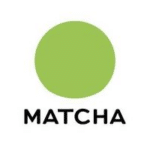
The content on this site focuses on different cultural aspects of Japanese life, such as current trends. All of the kanji includes furigana.
The posts are longer than what you’d find on other sites, but are broken up into sections for easier reading.
Wa Tanoshii
Wa Tanoshii, or Fun, is another online magazine that covers a variety of topics including food, animals and festivals. The articles are written by various users eager to share their personal experiences in Japan.
The articles are all written in simple Japanese. The content is also sortable by N5-N1 levels, and the article titles themselves have the N-level included. Hover your mouse over any of the underlined phrases, and you’ll learn the definition of the word and get access to grammar explanations.
Nippon Talk
Nippon Talk is a site that covers more general topics about life in Japan. Their posts tackle subjects like parenting, doing laundry and carrying out everyday tasks, but the content may interest those who want to know more about the Japanese lifestyle.
Each article is written in short paragraphs with slightly longer sentences than what you’ll find in posts from the other sites on our list.
All of the kanji includes furigana, but the English translation is placed directly beneath each paragraph. While reading the content in Japanese, challenge yourself to not sneak a peek at the English translation until you’ve fully read the passage.
Japanese Reading Practice with Gaming Apps
Video games can be used as both a form of entertainment and learning, and there’s science to back it up.
Most mobile games include different language options you can use to your advantage. While many may be too advanced for most users, below is a list of some fun games that can double as reading practice for beginners.
Neko Atsume: Kitty Collector
Neko Atsume: Kitty Collector by Hit-Point is a cat collecting game available for both iOS and Android devices. There’s not much gameplay, but the animated cats are adorable to watch. Set out different types of food or toys, and cats will appear the next time you start the app.
The game has two language settings: Japanese and English. There’s minimal Japanese in the app, which will help you to not become overwhelmed in your daily learning routine.
Also, the cats’ names are written in hiragana and katakana, which can help you learn to read foreign words spelled using katakana characters.
Animal Crossing: Pocket Camp
Animal Crossing: Pocket Camp is the first mobile game for the long-running Animal Crossing series by Nintendo. As the leader of the camp, you’re in charge of helping animals and decorating the campsite.
Fans of the video game version of Animal Crossing can experience a slightly different game, as it varies from its North American counterpart. For example, some of the animals have different names.
The Japanese is written in simple sentences, but the kanji doesn’t include furigana. This game would be best for those looking for slightly more challenging content, but it’s still simple enough for beginner or younger players as well.
LINE Brown Farm
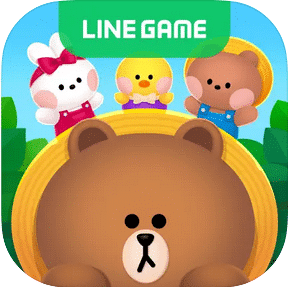
LINE isn’t just one of the most popular mobile messaging apps in Japan. The company has also released several games related to their famous characters.
LINE Brown Farm is a mobile game starring one of their most popular characters, Brown, a bear. Brown has to rebuild a farm and make it successful by planting various vegetables and raising animals.
Similar to the previous game, the kanji doesn’t include furigana, but it’s simple enough for at least N5 learners. That means you’ll need some experience with grammar to make sense of the dialogue.
LINE Brown Farm also broadens your vocabulary with a variety of vegetable and animal names.
Bonus Japanese Reading Practice Materials to Test Your Language Skills
Are you ready to level up your Japanese reading practice with more challenging content? Here are some more materials for you to explore and decide if you’re ready to move on to intermediate reading resources or if you need more time learning the basics.
Video Games for Younger Players
If you’re not interested in playing mobile games, try practicing Japanese with video games on other platforms. Nintendo offers a vast library of games, and many of them support multiple languages.
A great place to start is with the Nintendo Switch. Games for younger players have simpler sentences that are easier for beginners to understand.
Though not all the kanji in the games include furigana, they range from beginner to intermediate level. Don’t be afraid to stop playing to look up the meaning of a confusing kanji. You’ll learn more about the word within the context of the game.
A few video game titles to try out include:
- “Pokémon: Let’s Go Pikachu!” — A side game to the main series that also includes elements from the animated series.
- “Luigi’s Mansion 3” — A ghost hunting game starring Mario’s brother.
- “The Legend of Zelda: Link’s Awakening” — A game starring series protagonist Link and his adventures on Koholint Island.
Anime with Japanese Subtitles
If you’re a fan of anime, you can try watching it with subtitles to get in extra reading practice. Of course, instead of using English subtitles, try using Japanese subtitles. That way, you can practice your reading skills and listening comprehension.
Start with anime targeted toward younger viewers like “Crayon Shin-chan,” a comedy show about a mischievous young boy and his family. If you find the humor in “Crayon Shin-chan” (which can be inappropriate at times) isn’t what you’re looking for, “Chi’s Sweet Home” is a child-friendly tale about an adorable stray kitten who learns how to adapt to indoor life after being adopted by a family.
You can also learn with anime clips on the FluentU program, which teaches Japanese through authentic videos that also include clips from movies and series, funny commercials, news segments and other media that native speakers watch.
With FluentU, you can also create multimedia flashcards for any new words you encounter as you watch. An app like this can be helpful for anyone who wants to learn Japanese through videos.
NHK for School

Unlike NHK Easy News, this content doesn’t contain furigana, but the kanji is N5 level, making it easy enough for most beginners. Their videos also double as listening practice.
I suggest starting with the folklore tales such as “Momotaro” or the elementary-level videos under TV Programs.
Hukumusume
This website admittedly looks intimidating when you first land on the homepage. Activate that furigana app or pop-up reader to navigate with the kanji—or you can click aimlessly until you stumble across a story. The story categories include 日本の有名な話 (Japan’s Famous Stories) and, my personal favorite, 日本のこわい話 (Japan’s Ghost Stories).
The hundreds of stories featured here have minimal kanji and lots of helpful audio accompaniments. Read the story first, then listen and read along!
World of チョコチョコ (Chokochoko)
Above, I’ve linked you directly to a small but excellent collection of Japanese beginner’s stories. They come in neatly-written PDFs you can download for free and take along with you for on-the-go reading practice. These are also great for printing, reading and marking up on paper. When you’re ready to level up, Chokochoko has you covered for all other reading levels as well.
Yahoo!きっず (Yahoo! Kids)
You probably explored Yahoo Kids when first learning about the internet (unless you were born after 2000). It’s fun, colorful and appeals to your inner child with nostalgic topics like ポケモン (pokémon) and ディズニー(Disney).
Why Reading Practice is Essential for Learning Japanese
Reading is an integral part of learning any language. Even if your only goal is to speak Japanese, there will come a time when you’ll need to read something in your target language.
Practicing reading Japanese materials doesn’t have to be a chore. There’s a variety of content to choose from, no matter what your interests are. Reading also has significant benefits for your health, like reducing stress and expanding your vocabulary.
Plus, seeing those hard-to-learn kanji in context will have you remembering them faster.
What better way to double up your Japanese language learning than to practice reading daily? With so many materials to choose from, you can also learn about Japanese history, culture and customs while studying the language.
Learning the Japanese language is challenging, but it’s important not to give up.
The more content you challenge yourself to read, the more you’ll learn. Make the process easier by choosing the Japanese reading materials that interest you the most.
As you continue your language learning journey, you’ll end up reading more difficult content that you didn’t even know was possible before.
Download: This blog post is available as a convenient and portable PDF that you can take anywhere. Click here to get a copy. (Download)
And One More Thing...
If you're like me and enjoy learning Japanese through movies and other media, you should check out FluentU. With FluentU, you can turn any subtitled content on YouTube or Netflix into an engaging language lesson.
I also love that FluentU has a huge library of videos picked specifically for Japanese learners. No more searching for good content—it's all in one place!

One of my favorite features is the interactive captions. You can tap on any word to see an image, definition, and examples, which makes it so much easier to understand and remember.
And if you're worried about forgetting new words, FluentU has you covered. You'll complete fun exercises to reinforce vocabulary and be reminded when it’s time to review, so you actually retain what you’ve learned.
You can use FluentU on your computer or tablet, or download the app from the App Store or Google Play. Click here to take advantage of our current sale! (Expires at the end of this month.)



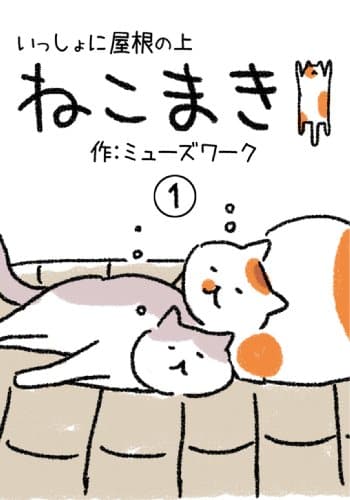

![Wagahai Wa Neko de Aru [I Am a Cat] (Japanese Edition) Wagahai Wa Neko de Aru [I Am a Cat] (Japanese Edition)](https://www.fluentu.com/blog/wp-content/uploads/2024/08/61YVXP53KSL.jpg)
